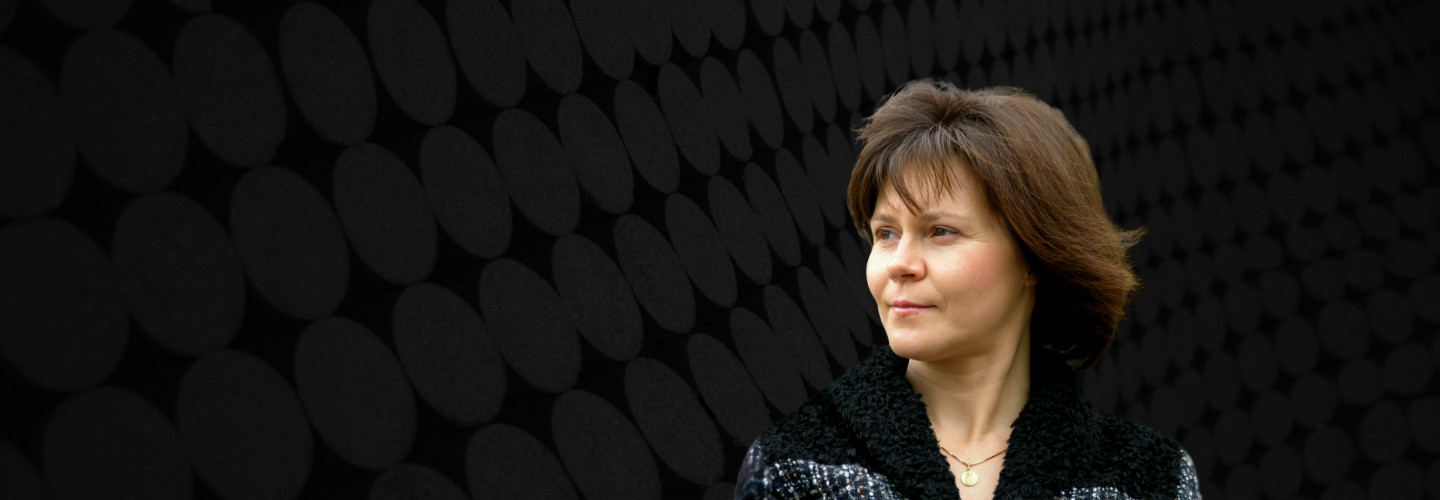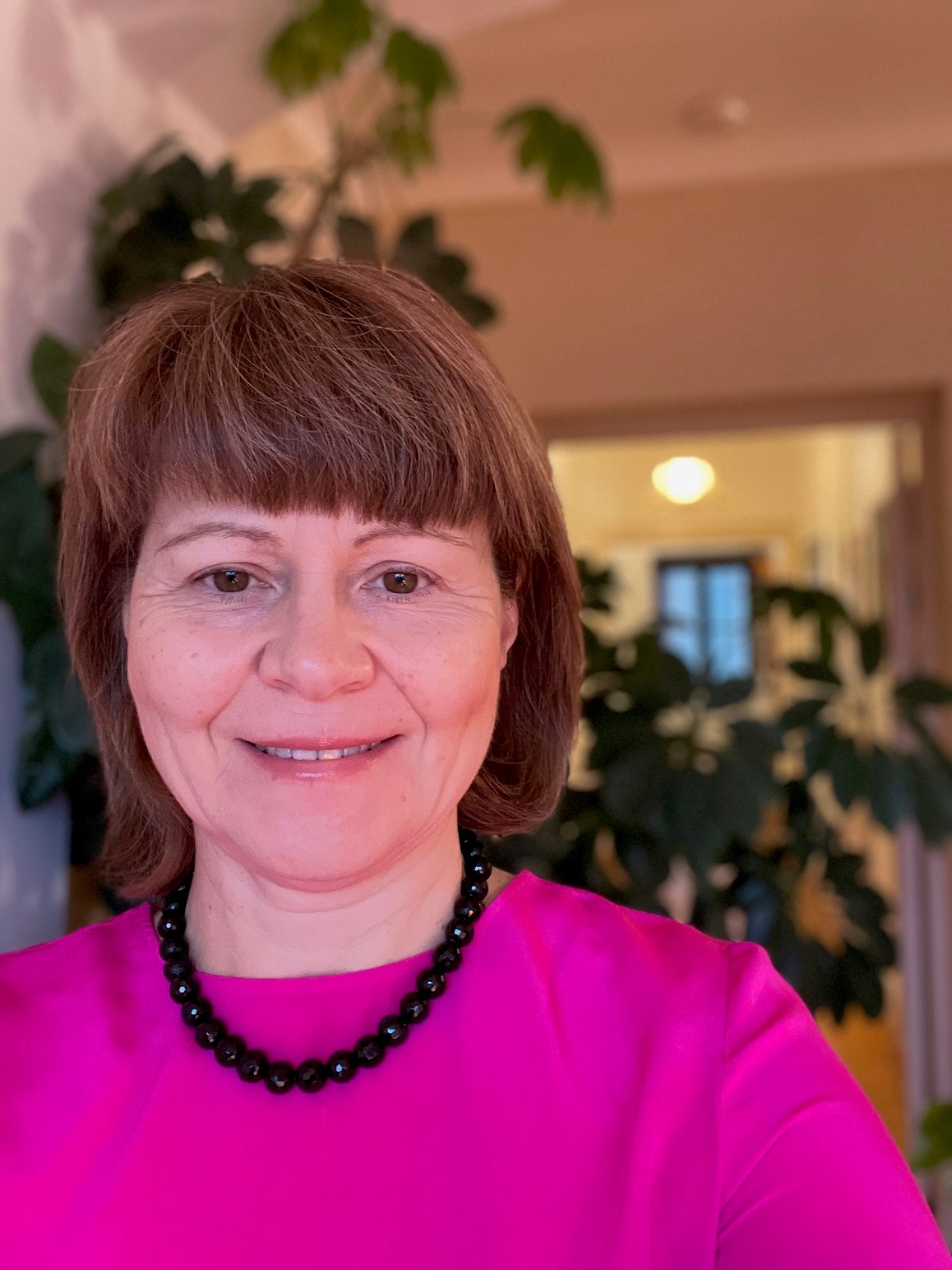

Victoria Borisova-Ollas
Dracula
Short instrumentation: 3 3 3 3 - 4 3 3 1 - timp, perc(3), hp, keyb, keyb, tape, str
Duration: 120'
Choir: SATB (30 to 40 singers)
Roles:
Mina (Soprano) Jonathan (Tenor) Dracula (Baritone) Elizabetha (Alto / Mezzosoprano) Lucy (lyric Soprano) Mrs. Westenra (Mezzosoprano) Quincey (Tenor) Holmwood (Baritone) Dr. Seward (Bassbaritone) Dr. Van Helsing (Bass) Renfield (Tenor) Vampyr 1 (Soprano) Vampyr 2 (Soprano) Vampyr 3 (Tenor oder Soprano) Maria (Alto; choirsoloist) Prästen (Bass; choirsoloist) Draculas betjänt (silent role; dancer) 2 kistbärarna (silent role; background actor) Dancer
Instrumentation details:
1st flute
2nd flute
3rd flute (+picc)
1st oboe
2nd oboe
3rd oboe (+c.a)
1st clarinet in Bb
2nd clarinet in Bb
3rd clarinet in Bb (+bass cl(Bb))
1st bassoon
2nd bassoon
3rd bassoon (+cbsn)
1st horn in F
2nd horn in F
3rd horn in F
4th horn in F
1st trumpet in C
2nd trumpet in C
3rd trumpet in C
1st trombone
2nd trombone
3rd trombone
tuba
timpani
1st percussion
2nd percussion
3rd percussion
1st keyboard (+pno
cel
hpsd)
2nd keyboard (+org)
harp
tape
violin I
violin II
viola
violoncello
double bass
Borisova-Ollas - Dracula for soli, choir and orchestra
Printed/Digital
Translation, reprints and more

Victoria Borisova-Ollas
Borisova-Ollas: DraculaOrchestration: für Soli, Chor und Orchester
Type: Studienpartitur (Sonderanfertigung)
Language: Schwedisch
Sample pages
Video
Work introduction
The opera is set in classical, Victorian 19th century London.
Mina Harker has to make a choice. A choice which makes her feel more alive than ever but also brings her closer to death. ... Dracula is a story of breaking with social structures and the moral limitations set by society at any given time. In this case both 19th century, Victorian England and our own 21st century Western Europe.
Dracula today is a classic mythological figure and an icon of popular culture. Although we base our dramatization on Stoker’s epistolary novel the libretto has borrowed it´s narrative structure from a more filmlike editing of scenes. The different scenes will for example run parallel, be juxtaposed, or dissolve straight into the next scene.
We believe that the presentation of a classical gothic story in combination with a modern almost filmlike way of storytelling and Victoria Borisova-Ollas’ beautifully scored music, will renew the opera and appeal to a younger audience.
This opera is a love story between the characters of Mina and Dracula in which their passion and eventual love for each other lead to her emancipation and his downfall.
The focal point of this piece is Mina Murray who through our opera makes the journey from a rather limited and limiting image of late Victorian womanhood to a more self-assertive and independent image of a 21st century woman who by the end of the performance chooses her own destiny.
The portrait of Dracula is as a ‘new man’ who, in her Victorian society, offers Mina a choice between the men of her day and something else. A modern day Dracula. Sexually attractive, and therefore dangerous, to both men and women. A metrosexual Dracula that becomes a mirror showing Mina what she has lost to convention and simultaneously showing her the limitations of her society and now Mina Harker has to make a choice.
The opera begins with a prologue: Mina Murray sitting at a small table in her apartment reading a letter from Jonathan. The only light is a small lamp. A thick fog surrounds the rest of the stage and in the background a Balkan singer (Elizabetha) singing a traditional song is heard ...
Kristian Benkö and Claes-Peter Hellwig
